The body in cut crystal with sharp edges, star-cut base, and silver mount at the neck surmounted by a pierced, domed cover with scrolling contours topped by a finial.
Hallmarks
- Lion passant;
- Leopard’s head;
- Date letter;
- Maker’s mark.
- Height: 13 cm
- Diameter: 4.8 cm
Gross weight: 309 grams
London, 1844
Condition report:
Minor chips to the edges and one larger chip to the base, as shown in the photographs. Barely visible in use but present nonetheless; this has been taken into account in the pricing.
Further photographs available on request.
BENJAMIN SMITH III
Active c. 1812–1850
Benjamin SMITH III was a British silversmith of the first half of the 19th century and descended from a distinguished line of London silversmiths. He was the son of Benjamin SMITH II, himself a renowned craftsman who had collaborated with major figures such as Matthew BOULTON and had built a strong reputation in London from the 1790s onwards. Benjamin SMITH III continued the family business, having worked with or for his father. He registered several maker’s marks in London, notably between 1816 and the 1830s. He worked under his own name, though also occasionally in partnership.
His production follows the ornamental tradition of late Georgian and early Victorian Britain. He specialised in fine tableware in sterling silver (teapots, sugar bowls, trays, cutlery, etc.); high-quality decorative objects; and symbolic or commemorative works such as presentation cups and prize pieces. Some examples reflect the late Neoclassical style, echoing his father’s aesthetic legacy. The works of Benjamin SMITH III are often distinguished by the quality of their casting and chasing, and may feature finely detailed Regency-style decoration with antique inspiration.
He registered several hallmarks in London, typically under the initials B.S. It is important to distinguish him from his father, Benjamin SMITH II, whose marks may appear similar. The date and style of the piece, as well as the date letter, help differentiate them.
Several works by Benjamin Smith III are now held in major public collections. The Royal Collection, held by the Royal Collection Trust, includes examples in silver-gilt produced c. 1808–1809, executed with his father Benjamin SMITH II. The Victoria and Albert Museum holds silverware and preparatory drawings showcasing the refinement of his work. Important pieces such as the monumental candelabra of 1816 and the celebrated Wellington Shield (1822) are on display at Apsley House, former residence of the Duke of WELLINGTON. The British Museum holds preparatory engravings linked to his work, underlining his significance in 19th-century British silversmithing.



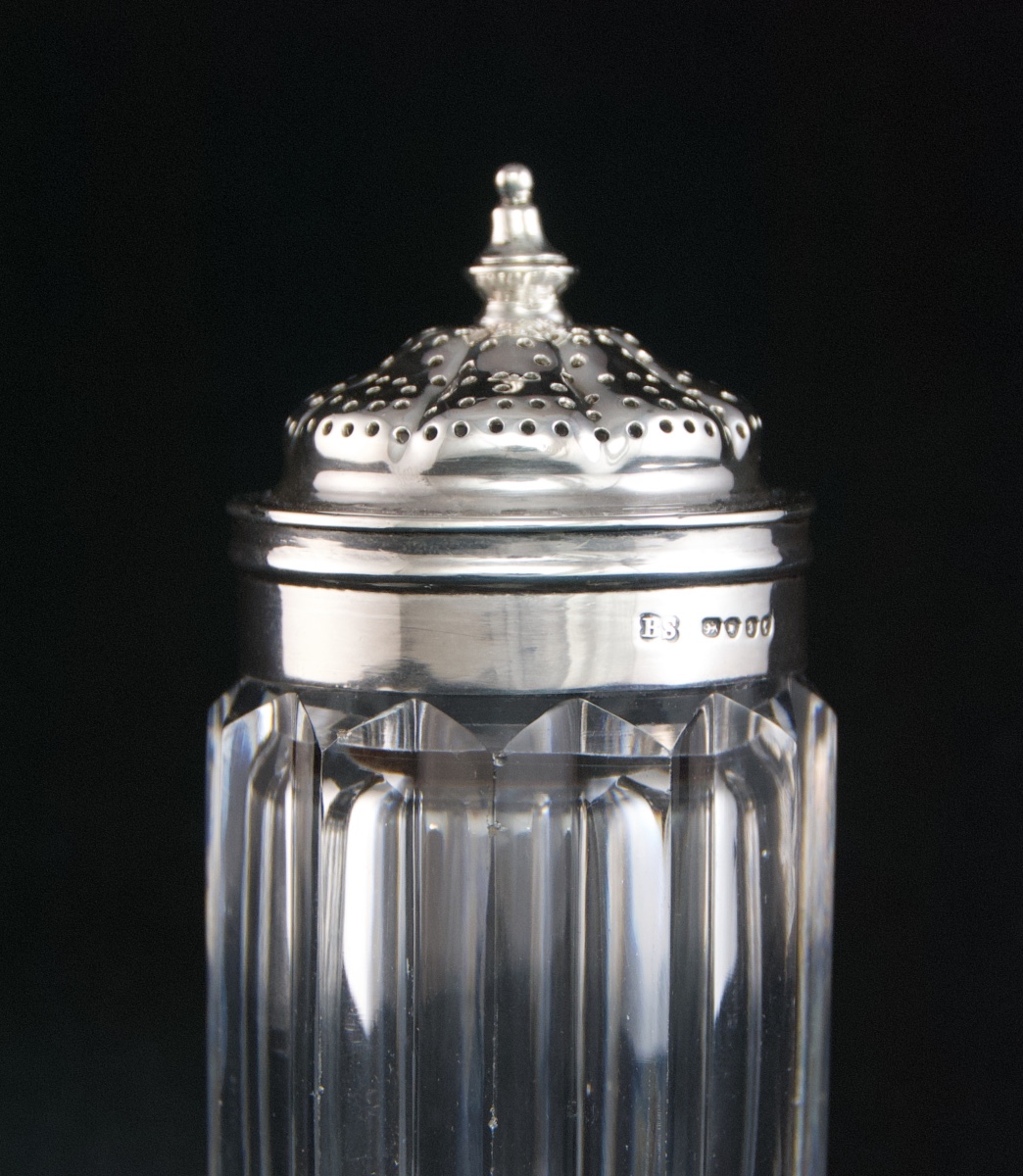
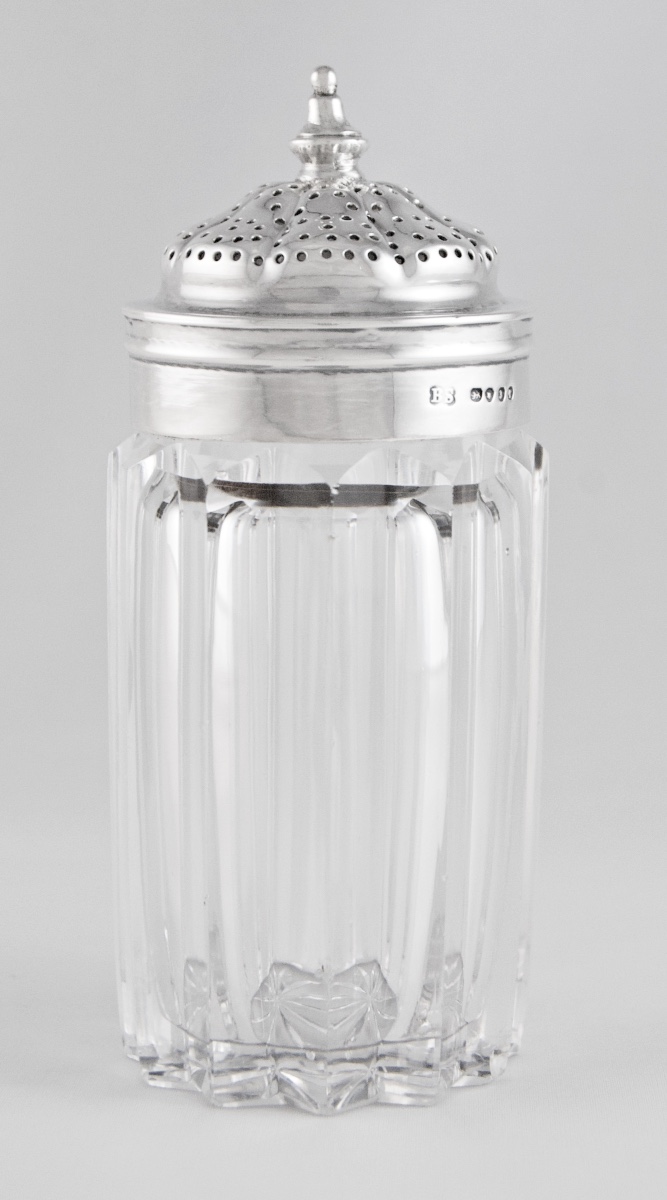


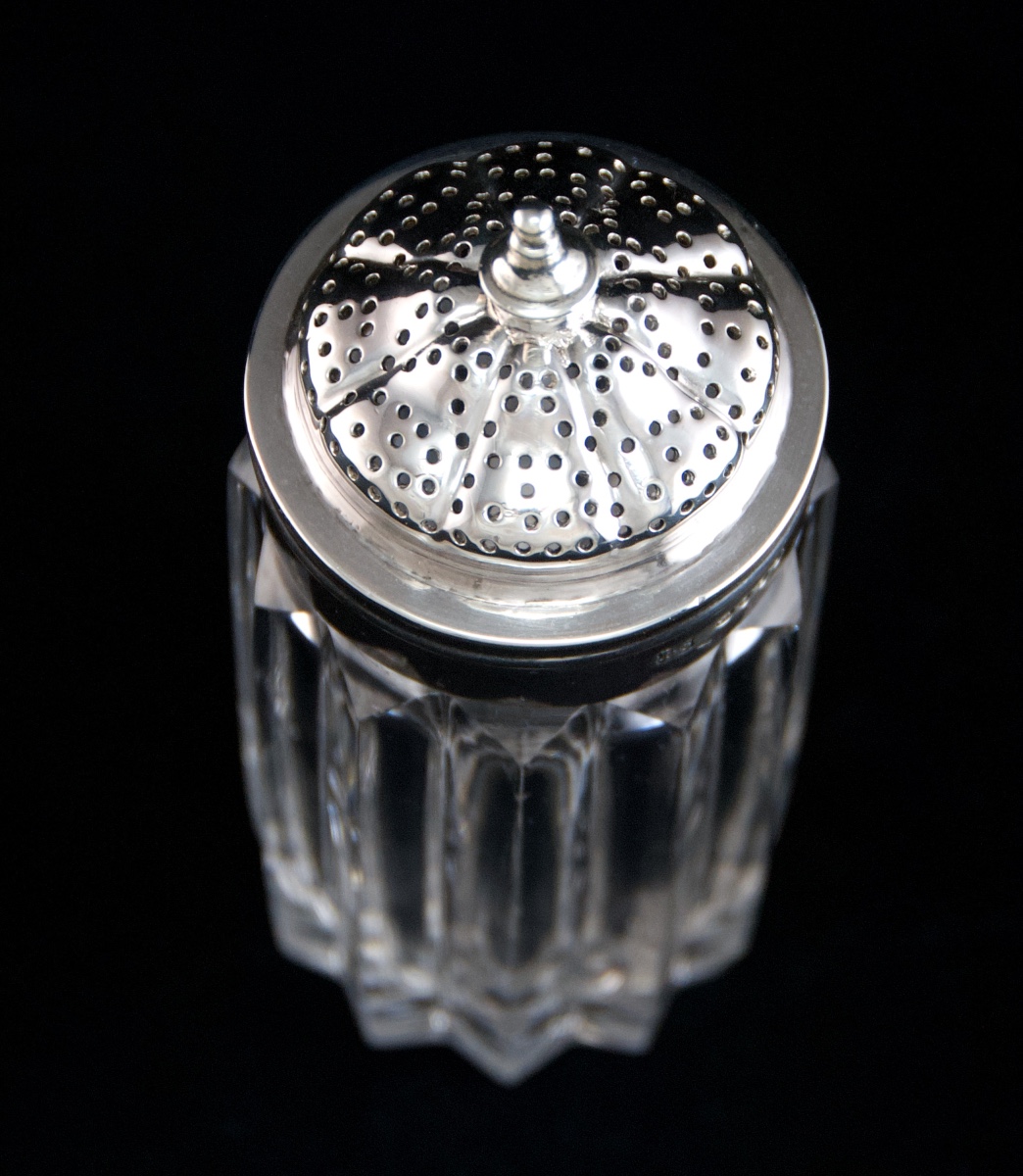


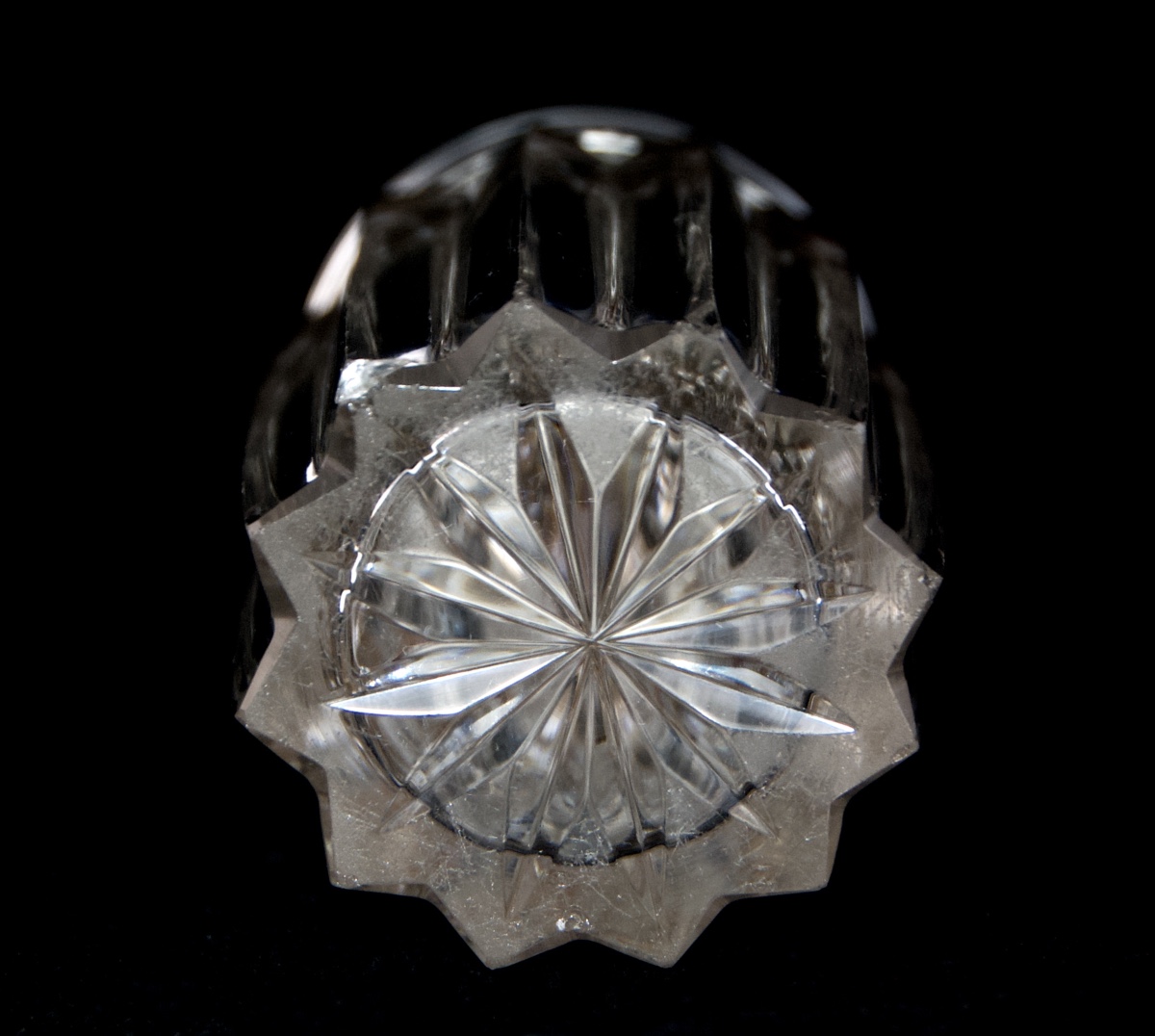












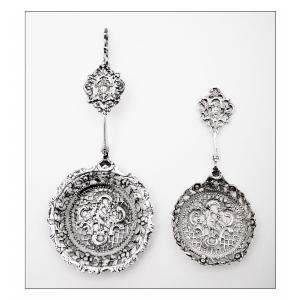

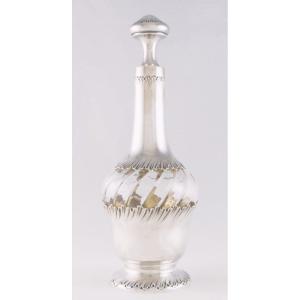


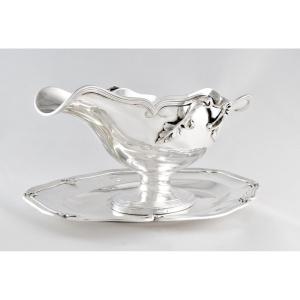
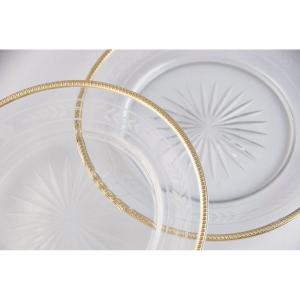
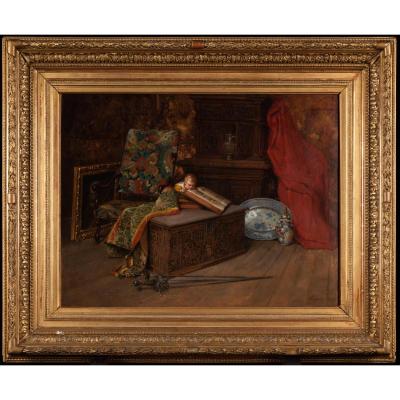




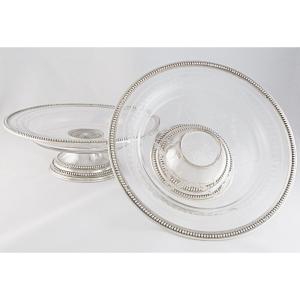





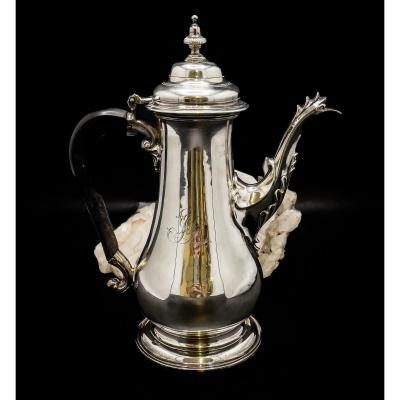



 Le Magazine de PROANTIC
Le Magazine de PROANTIC TRÉSORS Magazine
TRÉSORS Magazine Rivista Artiquariato
Rivista Artiquariato